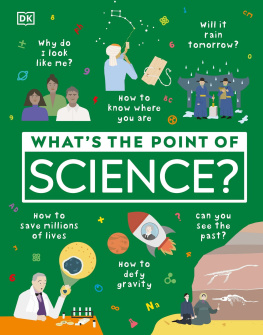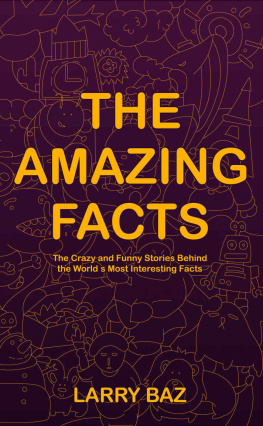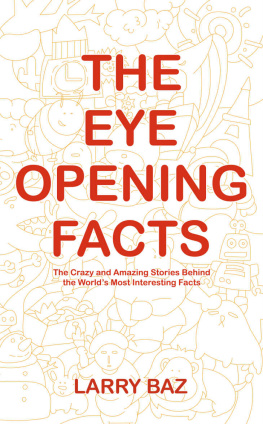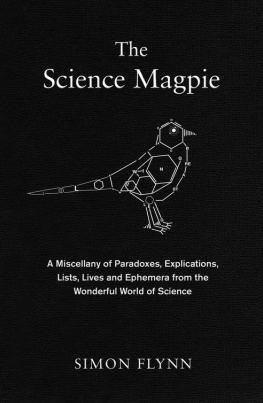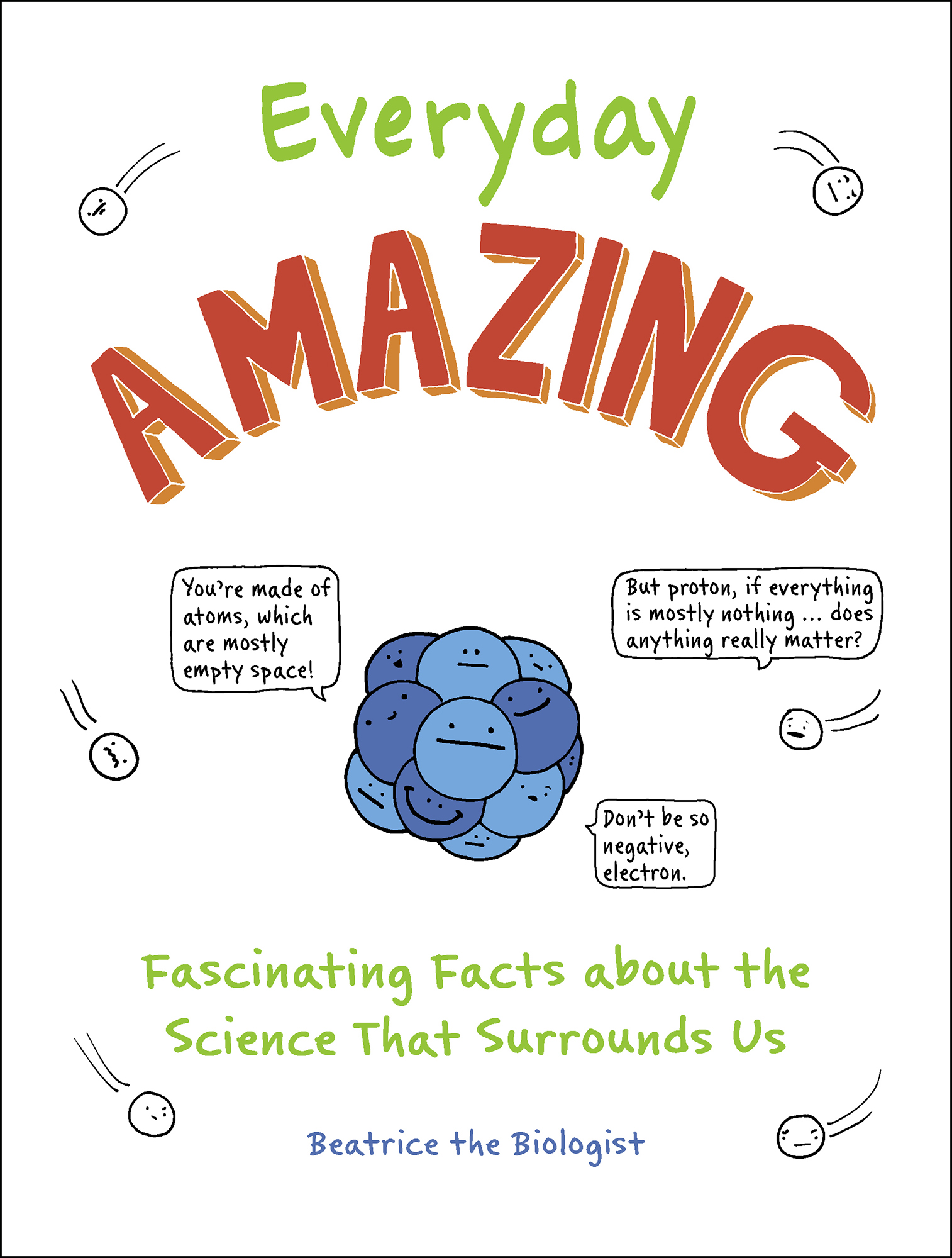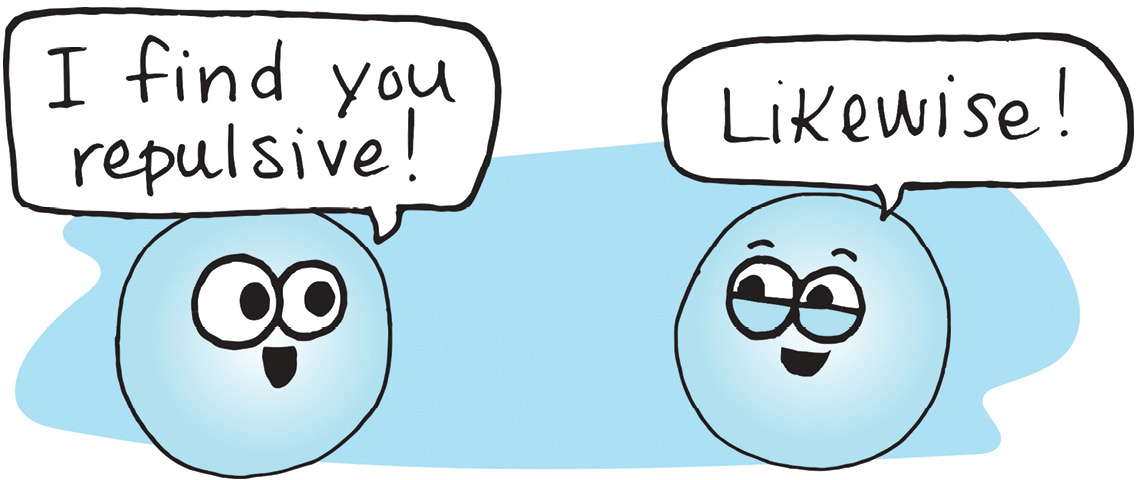Contents
Guide

Adams Media
An Imprint of Simon & Schuster, Inc.
57 Littlefield Street
Avon, Massachusetts 02322
www.SimonandSchuster.com
Copyright 2019 by Simon & Schuster, Inc.
All rights reserved, including the right to reproduce this book or portions thereof in any form whatsoever. For information address Adams Media Subsidiary Rights Department, 1230 Avenue of the Americas, New York, NY 10020.
First Adams Media trade paperback edition May 2019
ADAMS MEDIA and colophon are trademarks of Simon & Schuster.
For information about special discounts for bulk purchases, please contact Simon & Schuster Special Sales at 1-866-506-1949 or .
The Simon & Schuster Speakers Bureau can bring authors to your live event. For more information or to book an event contact the Simon & Schuster Speakers Bureau at 1-866-248-3049 or visit our website at www.simonspeakers.com.
Interior design by Sylvia McArdle
Interior images by Katie McKissick
Cover design by Sylvia McArdle
Cover images by Katie McKissick
Library of Congress Cataloging-in-Publication Data
Names: McKissick, Katie, author.
Title: Everyday amazing / Beatrice the Biologist.
Description: Avon, Massachusetts: Adams Media, 2019.
Includes index.
Identifiers: LCCN 2018061006 | ISBN 9781721400287 (pb) | ISBN 9781721400294 (ebook)
Subjects: LCSH: Science--Popular works.
Classification: LCC Q162 .M455 2019 | DDC 500--dc23
LC record available at https://lccn.loc.gov/2018061006
ISBN 978-1-72140-028-7
ISBN 978-1-72140-029-4 (ebook)
Many of the designations used by manufacturers and sellers to distinguish their products are claimed as trademarks. Where those designations appear in this book and Simon & Schuster, Inc., was aware of a trademark claim, the designations have been printed with initial capital letters.
Dedication
For Fionamay you be as easily amused as your mother.
Acknowledgments
A big bucket of thanks goes to my supersmart friends who indulged several dumb questions from me while writing this book. Jessica Parr, Aaron Celestian, Jann Vendetti, Robert McNees, Libby Ellwood, Andrew Williams, Dean Pentcheff, Assal Habibi, and Scott Perlthank you for your brains and letting me pick them.
Introduction
Every day I do a lot of amazing things. I make a cup of tea, warming water up to the point where the molecules are so energetic they want to leave the confines of their liquid form to assume steam, at which point I add dried leaves that bend to the will of this hot water and release a stream of chemicals including much-anticipated caffeine. I drive a car, propelled forward thanks to a controlled explosion of energy stored by marine plankton millions of years ago. At the grocery store I buy produce that built its stems and leaves and fruit by using the light of a star burning 93 million miles away.
Meanwhile, I constantly breathe in the surrounding air, extracting oxygen molecules and passing them into my bloodstream, where they piggyback on red blood cells for delivery to my many different types of cells, including ones in my brain that use the oxygen to keep the cellular machinery running so that neurons can receive information from my optic nerve and piece together the images I see before me.
And this is an average day. Now, I dont want to lead you to believe I dissect each of my activities like this in real time. I simply dont have the bandwidth for that. For the sake of efficiency, we simply have to take some things for granted. However, its nice to take a step back from the everyday routine to ponder the everyday amazingthe little things we experience every day that are quite spectacular.
So lets look at the more than sixty entries throughout this book that give you information on everything from what atoms are made of, how fast a radio wave just flew past you, and why you cant always trust your own brain. Lets take nothing for granted, examine the usually unexamined, and look at the often overlooked. Come on. Itll be fun.
Chapter 1
Teeny Tiny Building Blocks: Atoms and the Super Weird Stuff They Do
I bet you take atoms for granted. You probably expect them to just continue to make up the mass of your body, the chair youre sitting in, the liquid in your water bottle, and the air youre breathing. But hey, dont worry; we all do it. We forget about the teeny tiny building blocks that create the foundation of our world and the super weird stuff they do. Its a forgivable transgression. Theyre just annoyingly, obnoxiously small, and invisible things have a way of going unnoticed. So really, its all their fault.
But try for a moment to think about what all the materials around you are made of. Your skin. The couch. Your dog. Theyre all made of little itty-bitty atoms. So are the things too small for you to see (dust mites, bacteria, viruses) and the things too big for us to fathom (faraway stars, dusty nebulas, galactic swirls). When you get down to it, everything is atoms. Us too. And youll learn plenty about what atoms are and how they work here in this chapter. So lets get to it.

What Were Really Made Of: The Scoop on Atoms
Lets back up a minute. Admittedly, maybe for two minutes. Atoms are the units that make up the stuff thats all around us. They have a nucleus, a densely-packed center with a varying number of bits called protons and neutrons, which are preposterously small particles. Around the nuclei of these atoms is a swirling cloud of electronsin some cases only one, and in other cases dozens and dozens.
Showing an atom to scale in a drawing is nearly impossible. If the nucleus is the size of the period at the end of this sentence, the electrons are swirling in a cloud around it up to 32 feet away, making the total width of this example atom 64 feet. I dont have that much paper.
That flurry of electrons is what establishes the border of an individual atom. And much of the way that atom behaves and interacts with other atoms is based on what those electrons do.
As I lightly tap the keys of my laptop, my skin comes in contact with each plastic square. I can feel as the atoms in my skin cells are mashed against the atoms in the plastic, coming to a point where they push up against one another. I think of it as a keystroke, but really its an awkward atomic encounter. My atoms and my laptops atoms never actually touch each other. Instead, they get to a point where the electrons swirling around in each of the atoms come close enough to be repelled by their negative charges, like what happens when two opposing magnets are pushed against each other.
That means we never, atomically speaking, come into contact with anything. Its just electrons repelling each other all day long. Even now, in between you and the chair youre sitting in or the ground youre standing on (for I dont know how you prefer to read your books) is a shred of empty space. Youre kind of sort of floating. Doesnt it feel great?




